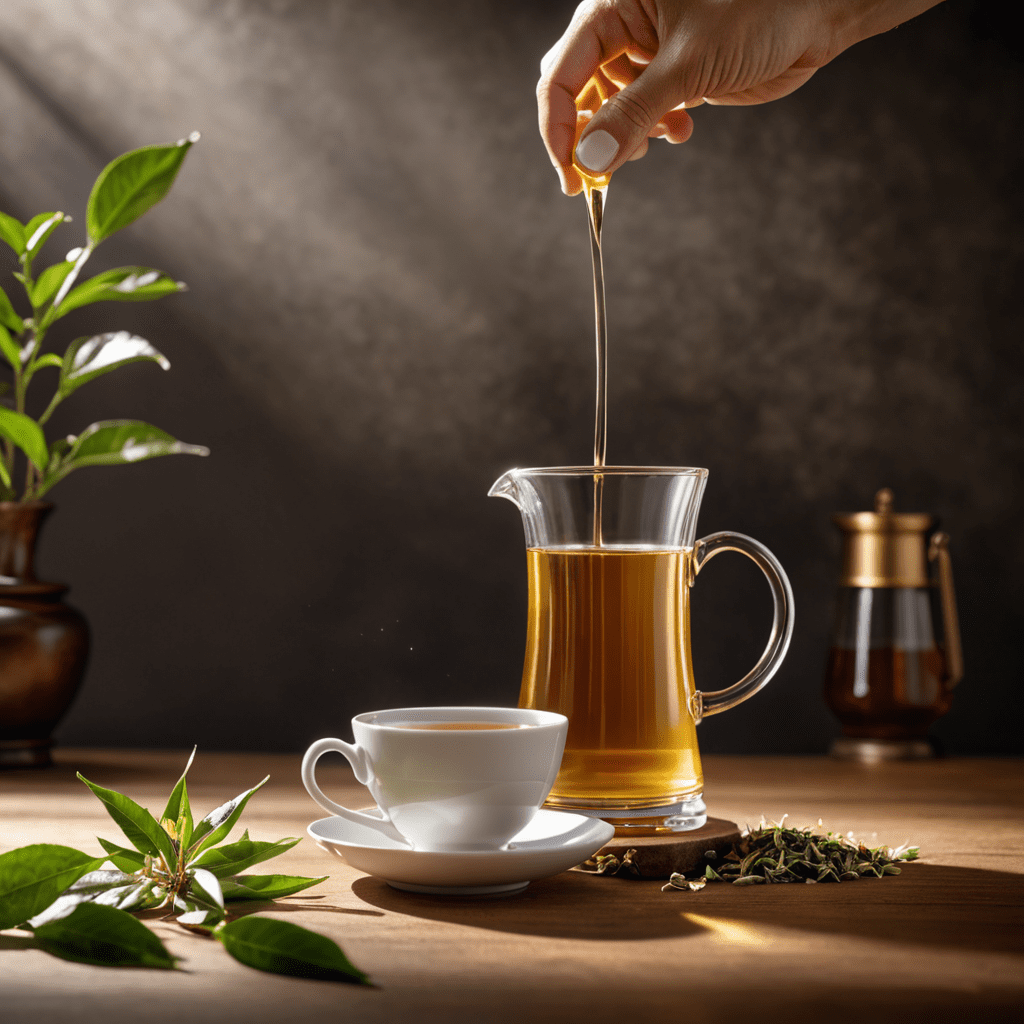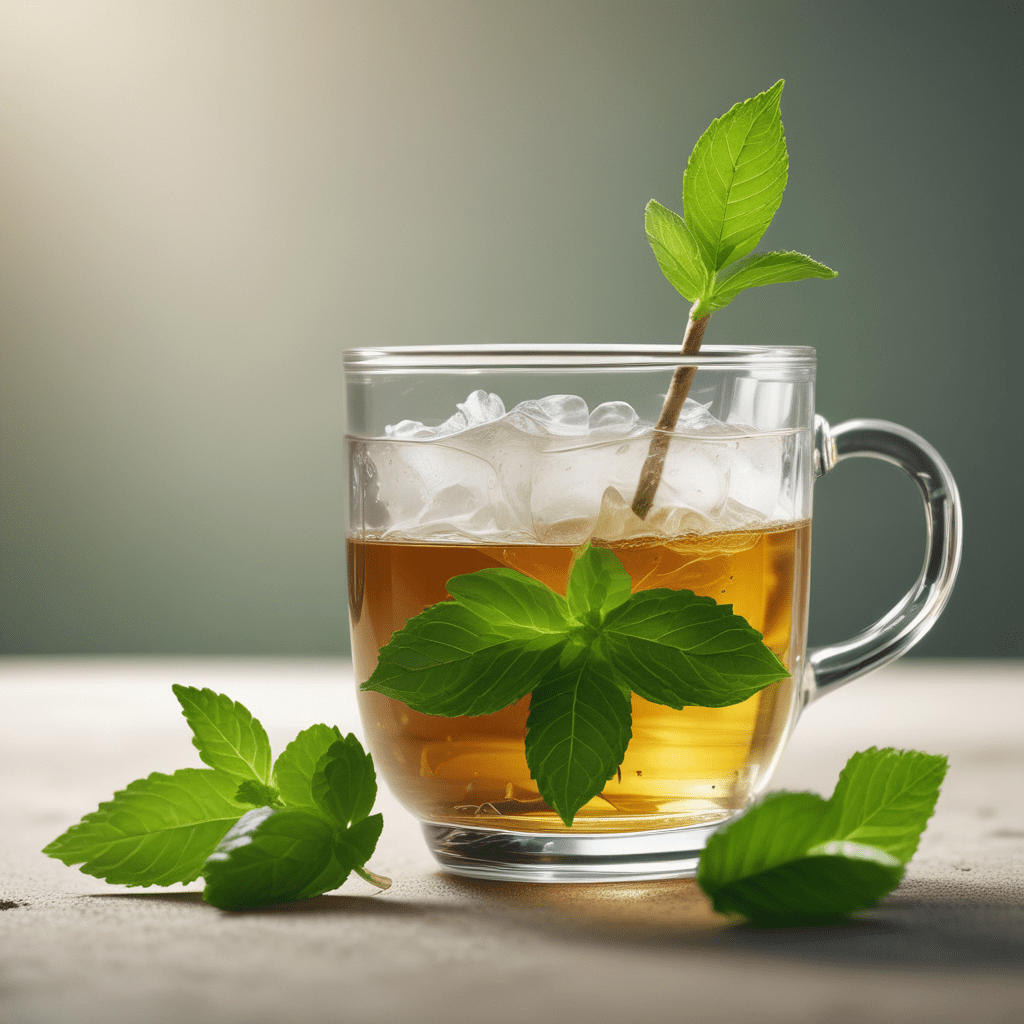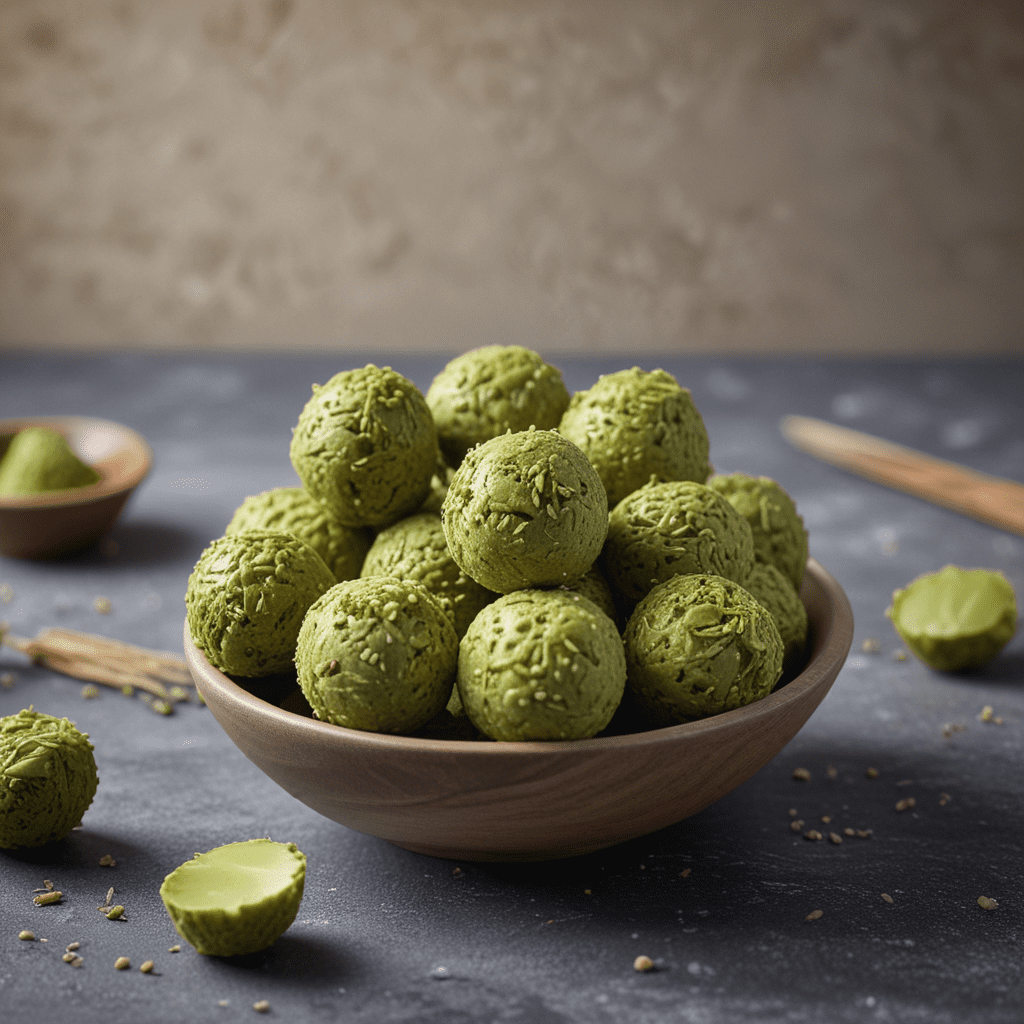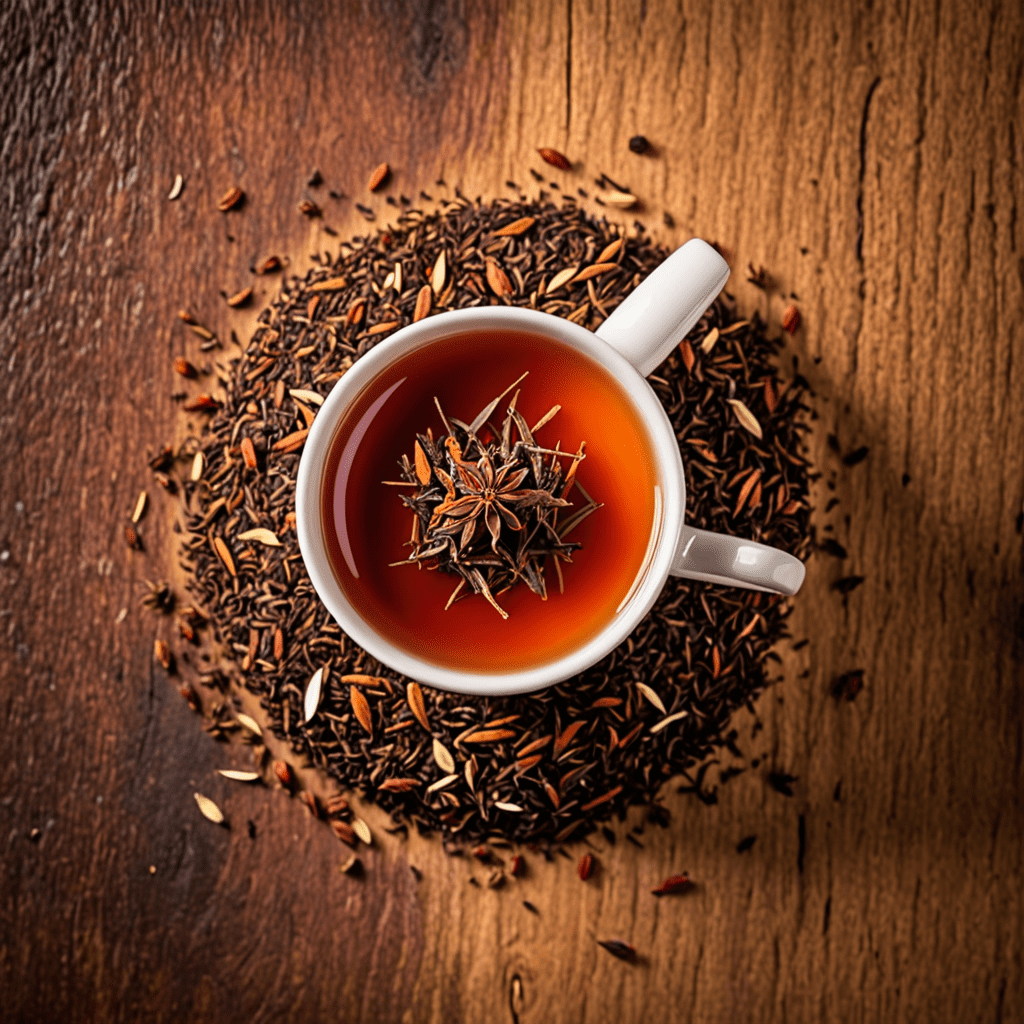White Tea: A Journey to Tea Grace
White tea, known for its delicate flavor and subtle aroma, takes tea lovers on a journey to experience the grace and elegance of this refined beverage.
The Origins of White Tea
Originating from the Fujian province of China, white tea is made from the young leaves and unopened buds of the Camellia sinensis plant. With minimal processing, the leaves are carefully harvested and dried, allowing the natural flavors to shine through.
Flavor Profile and Benefits
White tea offers a light and refreshing taste with floral undertones, making it a favorite among those seeking a milder tea experience. Rich in antioxidants and low in caffeine, white tea is celebrated for its potential health benefits, including improved skin health and enhanced immune function.
Types of White Tea
There are several varieties of white tea, including Silver Needle, White Peony, and Long Life Eyebrow. Each type has its own unique characteristics and flavor profiles, catering to a diverse range of preferences.
How to Brew the Perfect Cup
To enjoy white tea at its best, it is crucial to brew it correctly. Use water that is around 175°F, steep the leaves for 2-4 minutes, and savor the gentle brew. Experiment with steeping times to find your preferred strength.
Pairing White Tea with Food
White tea’s subtle flavors make it a versatile beverage that pairs well with a variety of foods. Whether enjoyed with delicate pastries, light salads, or seafood dishes, white tea can elevate the dining experience with its elegant presence.
Embracing the Grace of White Tea
In the world of tea, white tea stands out for its purity and grace. By embarking on a journey with white tea, one can truly appreciate the subtle nuances and refined elegance that this exquisite beverage has to offer.
FAQ About White Tea
What is white tea?
White tea is a delicate tea made from young leaves and buds of the Camellia sinensis plant. It undergoes minimal processing, allowing it to retain high levels of antioxidants and a subtle, sweet flavor profile.
How is white tea different from other types of tea?
White tea is unique due to its minimal processing, which sets it apart from green, black, or oolong teas. It is harvested at an early stage, with leaves often simply withered and dried, giving it a light color and delicate taste.
What are the health benefits of white tea?
White tea is renowned for its high antioxidant content, which may help protect cells from damage and reduce the risk of chronic diseases. It also contains catechins, which can boost metabolism and potentially aid in weight loss.
How should white tea be brewed?
To brew white tea, use water that is below boiling temperature (around 175°F), steep the leaves for 2-4 minutes, and enjoy its subtle flavor. Avoid adding milk or sugar to fully experience the nuanced taste of white tea.
What is the significance of the journey to tea grace in the context of white tea?
The journey to tea grace exemplifies the process of cultivating, harvesting, and preparing white tea with utmost care and precision.



